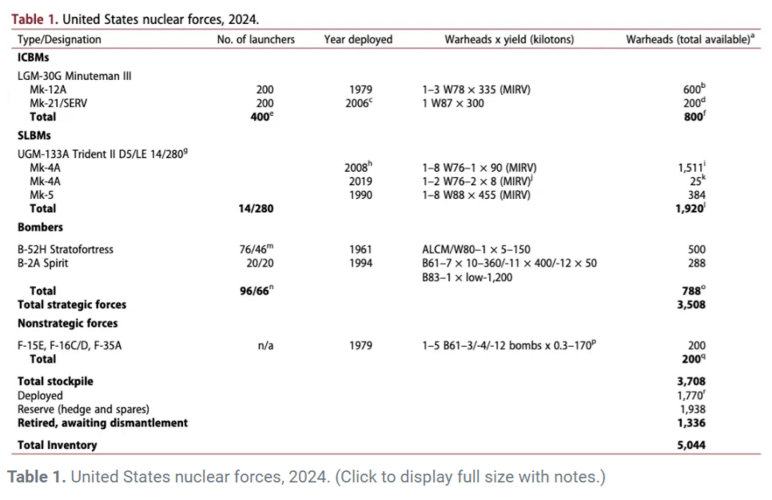The main advantage of the new engines is better efficiency and engines that are currently in production and supported. Apparently, all of the spares from the -141's are gone and the TF-33's aren't easily supportable these days. The more efficient engines definitely reduce the need for tankers. Stand-off is still the game for peer adversaries, but permissive environments will still allow for direct weapons such as GBU-12's, 38's and the like.Will the new engines make the weight capacity for the B52 increase or will it be the same
Last edited:







